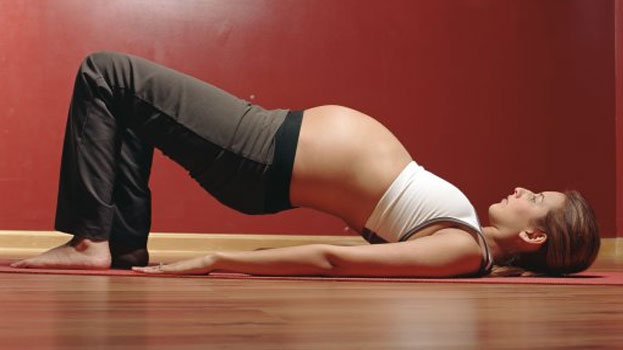
What is Pelvic Floor and what are the Pelvic Floor Exercises?
The muscles that support our uterus, bladder and bowels comprise our pelvic floor. The main function of these muscles is to hold these organs in place, and if these muscles loosen too much, the internal organs can sag and protrude out to the vagina causing incontinence, general heaviness in the pelvic area, lower back pain and discomfort during sex.
The pelvic floor exercises are also called Keegel Exercises after Arthur Keegel, the gynaecologist who first recommended them to help women with urinary incontinence and diminished bladder control, especially resulting from pregnancy.
Why are Pelvic Floor Exercises Advised During Pregnancy?
The pelvic floor comes under stress during pregnancy and childbirth, and the most common associated symptom is stress incontinence (leakage of urine while sneezing, laughing, coughing and running or during any physical exercise). Pelvic floor exercises assist in
- Reducing urinary and fecal incontinence,
- Strengthening the vaginal wall so that pushing the baby during natural childbirth becomes easier,
- Keeping hemorrhoids at bay, by increasing the blood flow to the vaginal and rectal regions, and
- Making sex more enjoyable, by improving the muscle tone.
How to do Pelvic Floor Exercises?
These exercises can be done practically anywhere, anytime. Start with an empty bladder and imagine that you are trying to stop yourself from passing wind and trying to stop yourself from passing urine, both at the same time. You are essentially closing and drawing up your front and back passages.
You have to ensure that this squeezing and lifting is happening without any other muscles being involved, like those of your legs, buttocks or abdomen. Keep breathing normally. Hold this contraction for a few seconds before relaxing. To ascertain that you are doing this right, you can also insert a clean finger inside your vagina to feel the squeeze.
As your muscles get stronger, aim to hold each squeeze for ten seconds and relax for ten seconds between each squeeze. You can incorporate these in your daily life by doing about five Keegels a day, and continue to follow this throughout your life for a stronger pelvic floor.
Find more information on pelvic floor exercises for women
